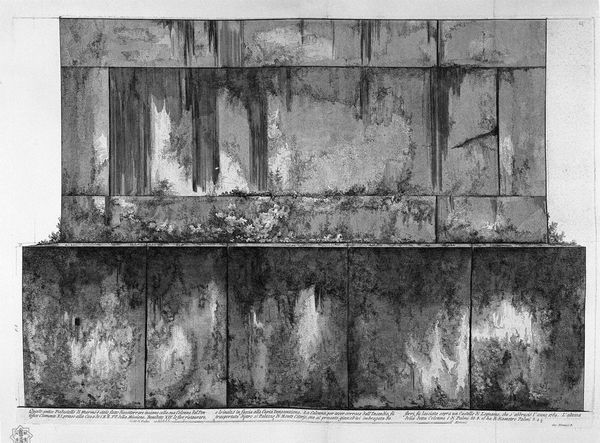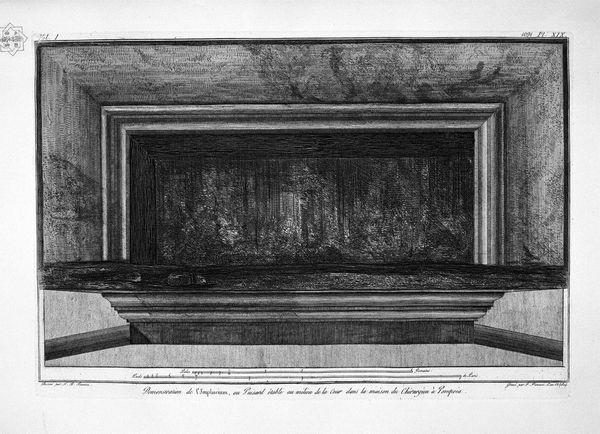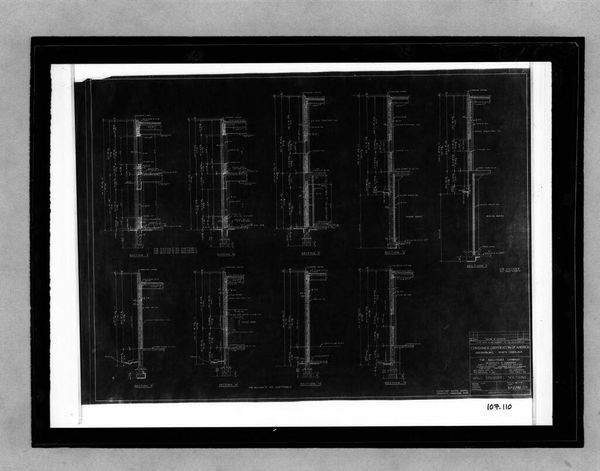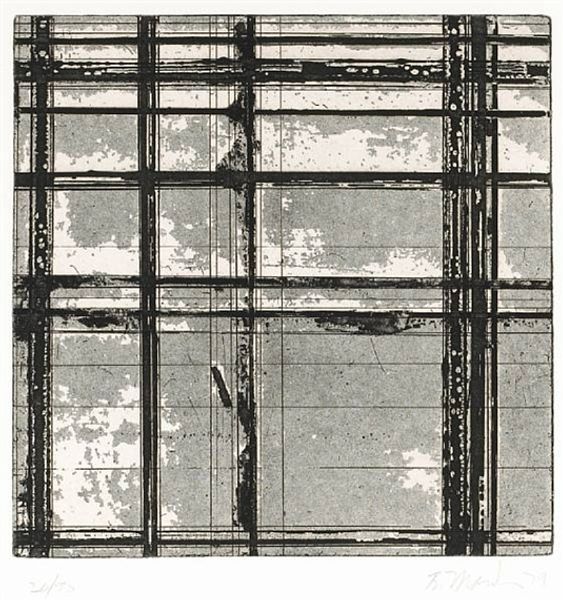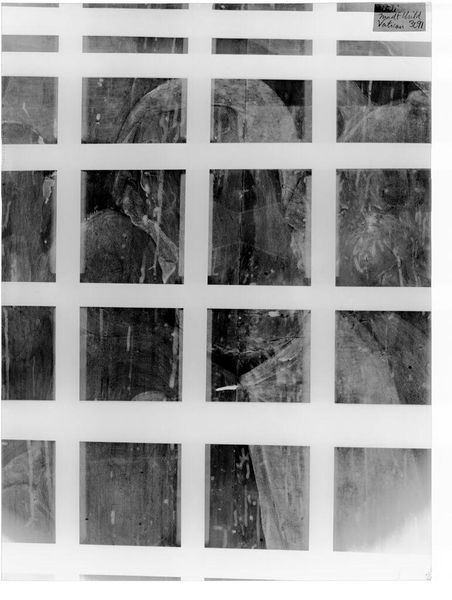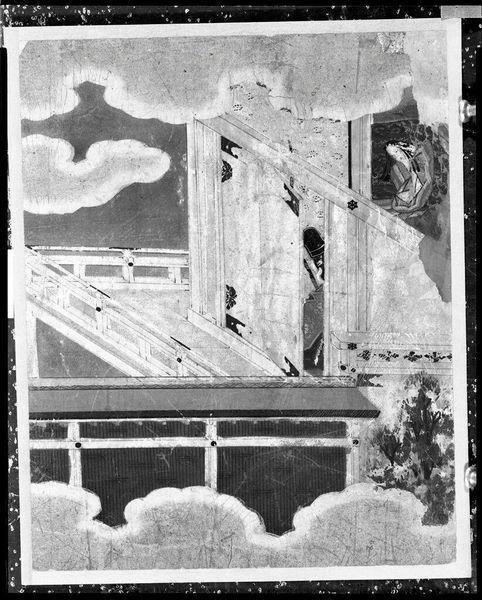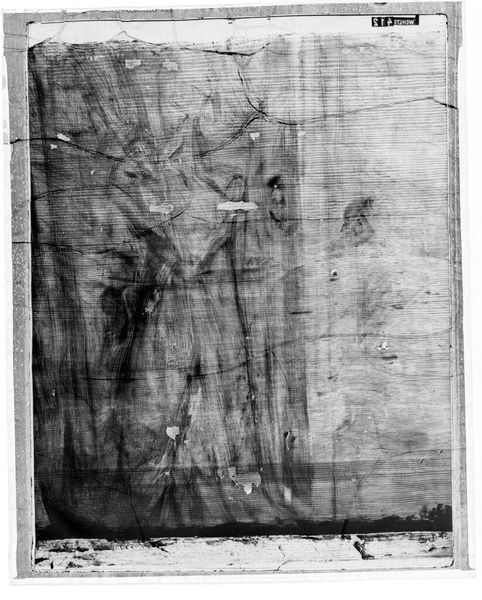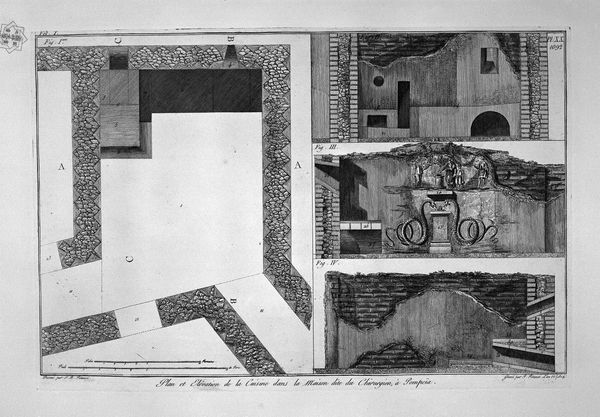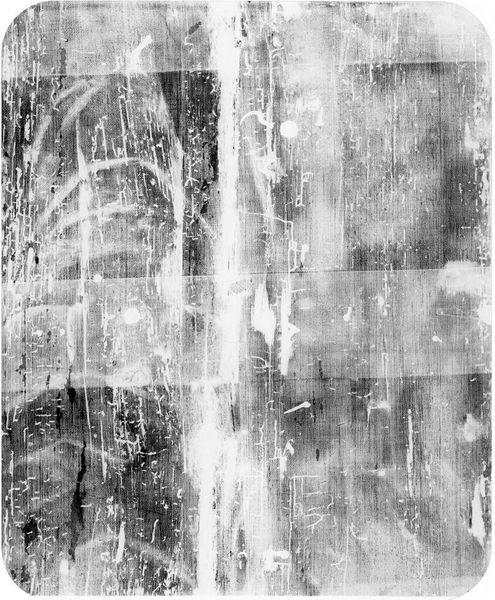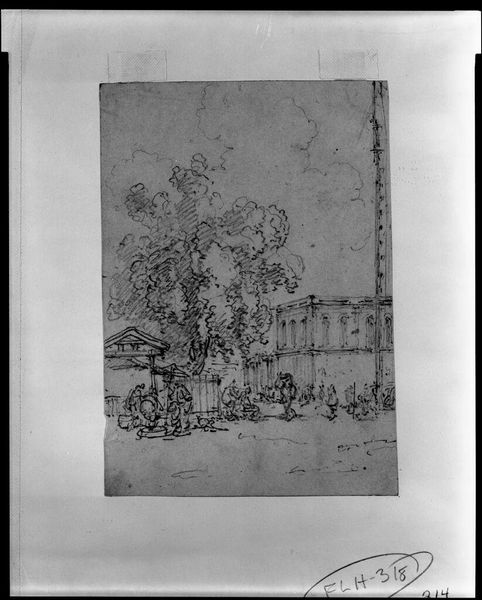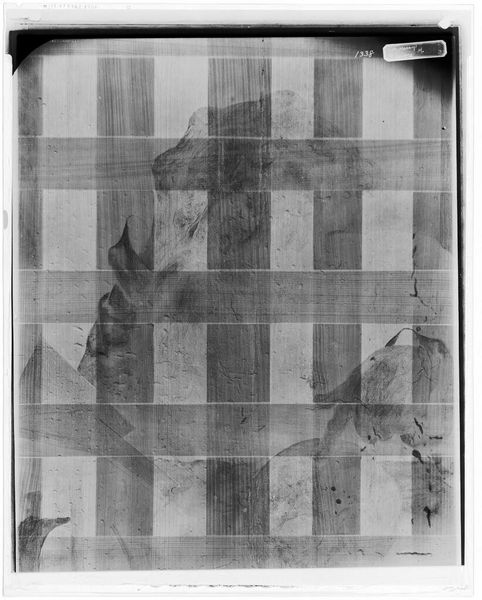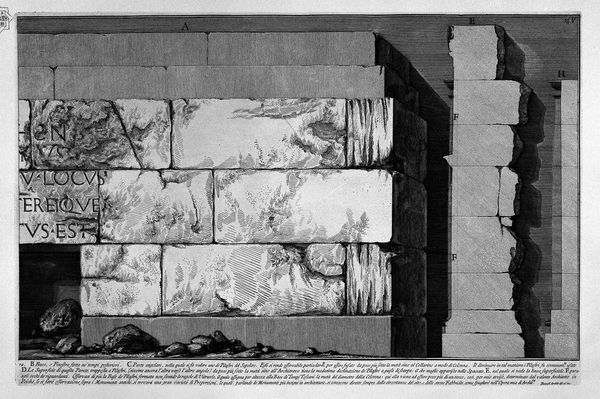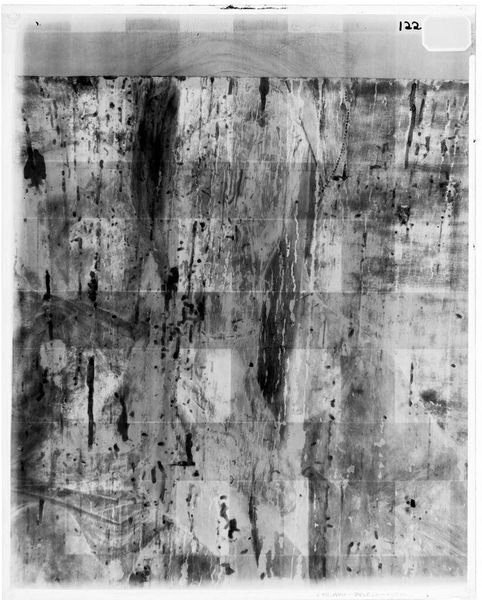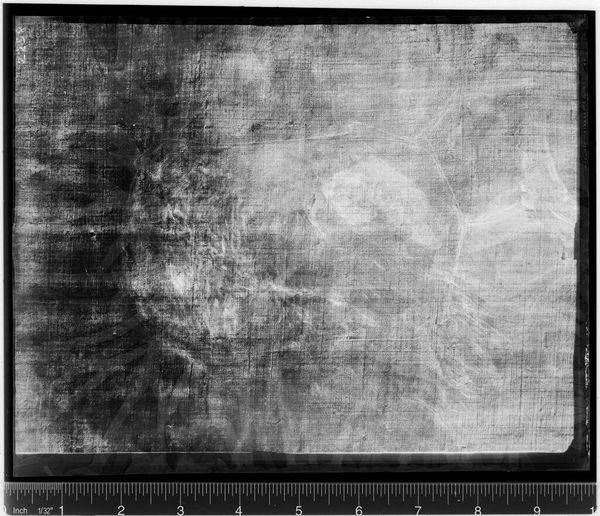
drawing, print, etching, photography, graphite, engraving
#
drawing
#
medieval
# print
#
etching
#
sculpture
#
charcoal drawing
#
charcoal art
#
photography
#
line
#
graphite
#
charcoal
#
engraving
#
monochrome
Copyright: Public domain
Editor: This is "Piedeistallo other side of the relief (two branches)," an etching by Giovanni Battista Piranesi. Looking at it, I am struck by how monumental yet decayed it appears. What stories do you think this image is telling us? Curator: This piece invites us to consider how power is represented and perceived. Piranesi’s focus on ruins, particularly Roman ruins, isn’t merely aesthetic. Instead, it reflects on the impermanence of empires and the traces they leave behind. Look closely at the textures, the crumbling stone – how does that relate to our understanding of historical narratives? Editor: It feels like a critique of idealized history, showing the gritty reality behind grand monuments. The decay suggests time's impact on power. Curator: Precisely. Now, consider who typically commissioned and controlled these narratives in Piranesi's time? Often, those in power shaped historical narratives to legitimize their own positions. Piranesi seems to challenge this top-down approach, revealing a more complex and perhaps unsettling truth about power and its legacies. Editor: So the artistic choice of depicting decay serves as a commentary on those power structures? Curator: Yes, and we can also explore the politics of memory and representation. How do we choose to remember or forget aspects of the past? The romanticized ruin became a popular subject, but was it also a way to sanitize uncomfortable truths about empire and exploitation? Editor: It gives me a lot to think about - how art can both celebrate and question established power structures. Curator: Absolutely. And remember, looking closely, asking questions, and understanding the context is key to unlocking those hidden dialogues.
Comments
No comments
Be the first to comment and join the conversation on the ultimate creative platform.
